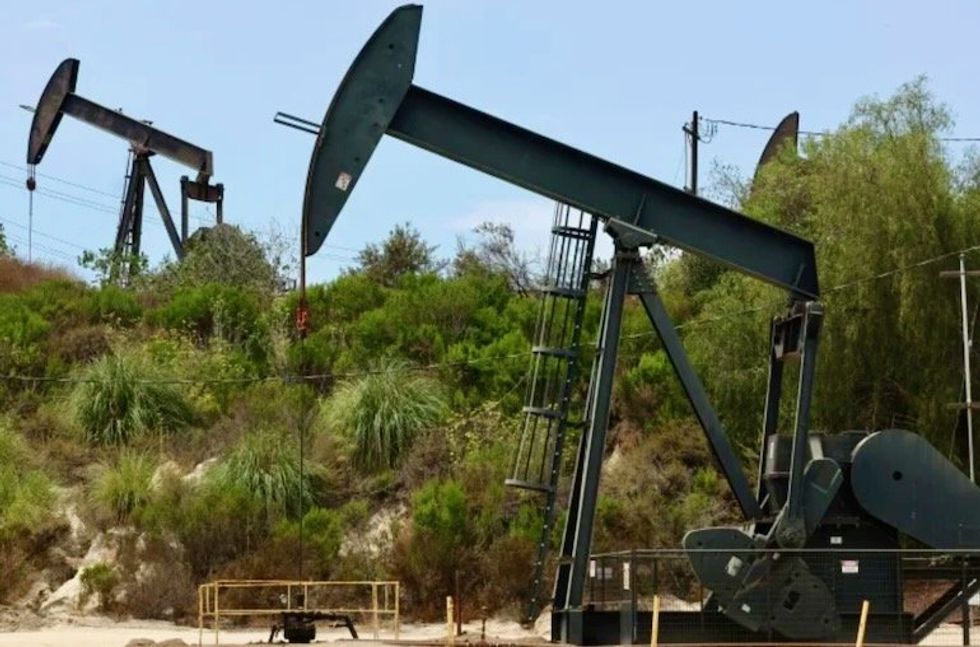The world’s Surplus of Oil by 2030: What Does it Mean?
The International Energy Agency’s Report
According to the International Energy Agency (IEA), the world is likely to have a major surplus of oil by 2030. This surplus is expected as production is ramped up while the clean energy transition tempers demand. The IEA’s annual report predicts that global demand will “level off” at 106 million barrels per day (bpd) towards the end of this decade. At the same time, overall supply capacity could reach 114 million bpd.
This forecast indicates that there could be a “staggering” surplus of eight million bpd by 2030, which oil markets need to prepare for. The implications of this surplus are significant and suggest a shift in the dynamics of the global oil industry.
How this Surplus will Affect Individuals
For the average consumer, the surplus of oil could result in lower prices at the gas pump. With an excess supply of oil in the market, competition among oil producers may drive down prices, leading to savings for consumers. This could have a positive impact on household budgets and potentially stimulate economic growth in oil-importing countries. However, it could also have negative consequences for oil-producing nations that rely heavily on export revenues.
Global Implications of the Oil Surplus
The surplus of oil by 2030 could have far-reaching implications for the global economy and geopolitics. Countries that are heavily dependent on oil exports for their revenue may face economic challenges as prices decline. This could lead to political instability in some regions and impact global energy markets. On the other hand, oil-importing countries may benefit from lower energy costs, boosting their economies and reducing their reliance on oil-producing nations.
Conclusion
In conclusion, the projected surplus of oil by 2030 is a complex issue that will have both positive and negative ramifications for individuals, economies, and the world at large. It is essential for policymakers, industry leaders, and consumers to monitor these developments closely and adapt to the changing landscape of the global oil market.





